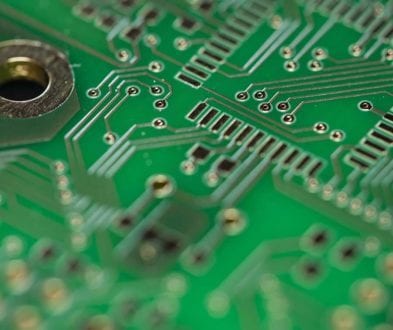Clean Room International – Engineering, Design, Layout, PCB, PCBA
The Challenge
Clean Rooms International scheduled an initial discovery conference call in late 2019. This meeting outlined that they currently buy off the shelf electronic modular hardware and configure these components together with software tools.
They came to realize in order to offer all the features they want for their market they need to design and develop their own proprietary electronic control system.
There’s a need to be able to control the speed of many motors in a network from a central hub. There are many applications for this type of motor controller, but the specific target application is to control fan ventilation motors in cleanrooms. Existing products don’t include the required features or suffer from very limited or unreliable stock availability.
Some products use simple triac speed control for 1-2 motors, but don’t provide a practical way to daisy chain 30-100 units together.
Typical installations involve 30+ motor controllers daisy chained together. Individual units are addressed using DIP switches to assign their ID, although it’s preferred to find a better way to accomplish ID setting. Controllers will communicate using Modbus, a very well-known and reliable protocol for networked industrial controls.
While controllers are often used to only control motor speed output, some customers also need to read-back speed and sensor data from the unit for record-keeping and regulatory compliance.
Therefore, Clean Rooms Int. has a strong business and functional need for developing a custom solution to meet their needs.
The Approach
This project lead us to engage in a milestone contract with CRI. Our proposal was packed with engineering and design features to accomplish the single Modbus Motor Controller. Our team quoted the following for in initial functional prototype:
- Circuit design, schematic and BOM
- Printed Circuit Board (PCB) placements and routing
- Firmware
Each section had an initial and final design review with the client to confirm approval and suitability of the design.
Schematic and PCB layout was done in Altium Designer. Firmware was programmed in C++.
Most testing was done on the bench, however to enable full prototype verification we requested motors, hardware, or other equipment from the client to connect and simulate the field environment. We also requested that the client thoroughly test the prototypes in their own environment to verify performance.
Initial prototype is intended as a development and testing tool to prove out the design, and as such may have extra jumpers, pins, modular design, etc. to facilitate this. It was not expected to be a final shippable product, although it did aim to be functionally complete (according to initial requirements).
Our procurement team designed the circuit, processed the required purchasing of the bare PCB, electronic components
The Results
Specs, Circuit Design, Schematic, and BOM
- Product research and specifications
- Component selection and sourcing
- Circuit design and schematics
PCB Layout and Routing
- Component placements and routing
- Electrical isolation and high-voltage / high-current routes
- MFG fab notes and file outputs
Firmware Development and Testing
- Firmware development
- Modbus protocol implementation
- Motor control, sensor reading
- Non-volatile memory storage
Hardware Testing and Troubleshooting
- Hardware bench testing
- Circuit re-work and troubleshooting


